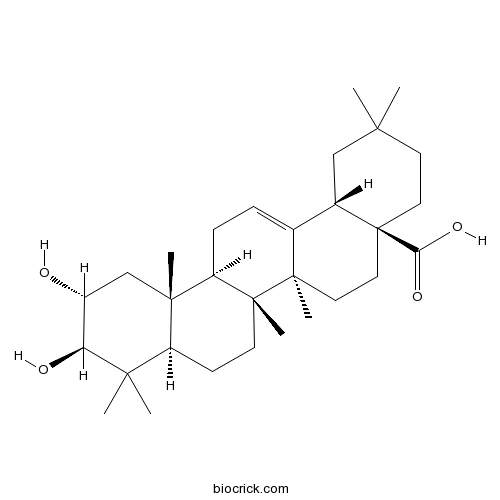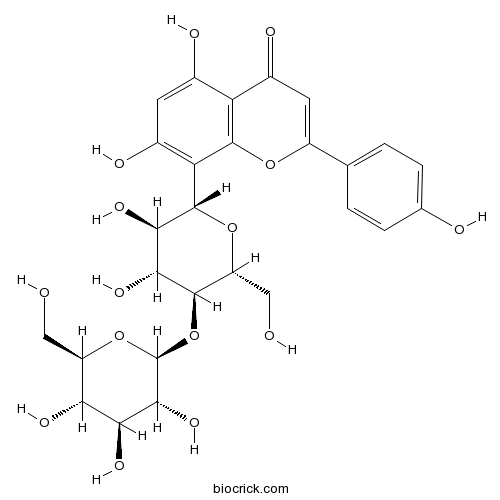Crataegus pinnatifida Bge.
Crataegus pinnatifida Bge.
Crataegus pinnatifida, also known as Chinese hawthorn, refers to a small to a medium-sized tree as well as the fruit of the tree. The fruit is bright red, 1.5 inches in diameter. Trees deciduous, to 6 m tall, with thorns 1–2 cm or sometimes unarmed. Branchlets purplish brown when young, grayish brown when old, terete, subglabrous or glabrous when young; buds purplish red, triangular-ovoid, glabrous. Stipules falcate, ca. 8 mm, herbaceous, margin serrate, apex acuminate; petiole 2–6 cm, glabrous; leaf blade dark green adaxially, broadly ovate or triangular-ovate, rarely rhomboidal-ovate, 5–10 × 4–7.5 cm, lateral veins 6–10 pairs, usually extending to apices of lobes and to sinuses between lobes, abaxially sparsely pubescent along veins, adaxially lustrous, base truncate or broadly cuneate. In northern Chinese cuisine, ripe Crataegus pinnatifida fruits are used in the dessert tanghulu. It is also used to make the traditional haw flakes, as well as candied fruit slices, jam, jelly and wine.
Products from Crataegus pinnatifida Bge.
- Cat.No. Product Name CAS Number COA
-
BCN5487
Crategolic acid 4373-41-5
PDF

-
BCN5929
Glucosylvitexin 76135-82-5
PDF

-
BCN5025
Vitexin-2''-O-rhamnoside 64820-99-1
PDF

-
BCN3054
Vitexin -4''-O-glucoside 178468-00-3
PDF




